Ashes to Ashes, Dust to Dust - Duke Energy's Coal-Fired Plants Continue to Harm Residents in North Carolina
In February 2014, 140,000 tons of coal ash was spilled from a waste storage pond at a Duke Energy plant in Eden, NC, after a storm pipe beneath the pond collapsed. The coal combustion residuals (CCRs) spilled from the pond, including arsenic, hexavalent chromium, manganese, lead, and boron, contaminated not only the area surrounding the plant, but also nearly 70 miles of the Dan River.
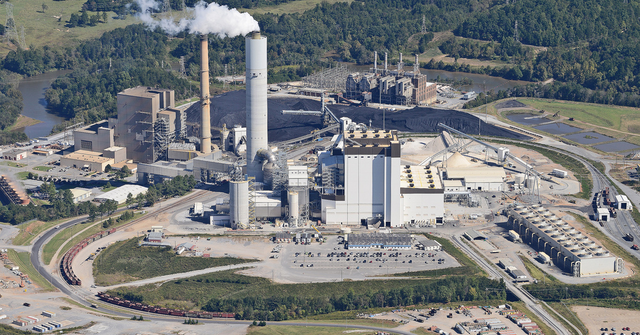
When we think of coal ash, we often think of large-scale, unexpected disasters like the Eden spill in 2014 or the TVA Kingston spill in 2008. What many people do not know, however, is that the harm from by coal ash is not limited to catostrophic spills. Really, it is people who live near coal ash ponds whose health is impacted the most.
What Is Coal Ash?
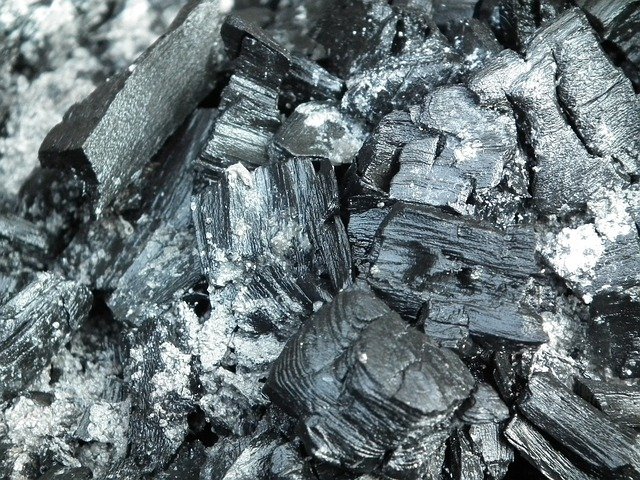
As might have guessed, coal ash is what is left after coal is burned. The problem is that it contains a number of heavy metals including arsenic, lead, mercury, chromium and selenium, as well as aluminum, antimony, barium, boron, manganese, and vanadium. Mind you, each of these contaminants have their own page on the Center for Disease Control's website, so you can probably guess that mixing them all together is worse. If I had to sum the result up in one word, though, I'd go with CANCER.
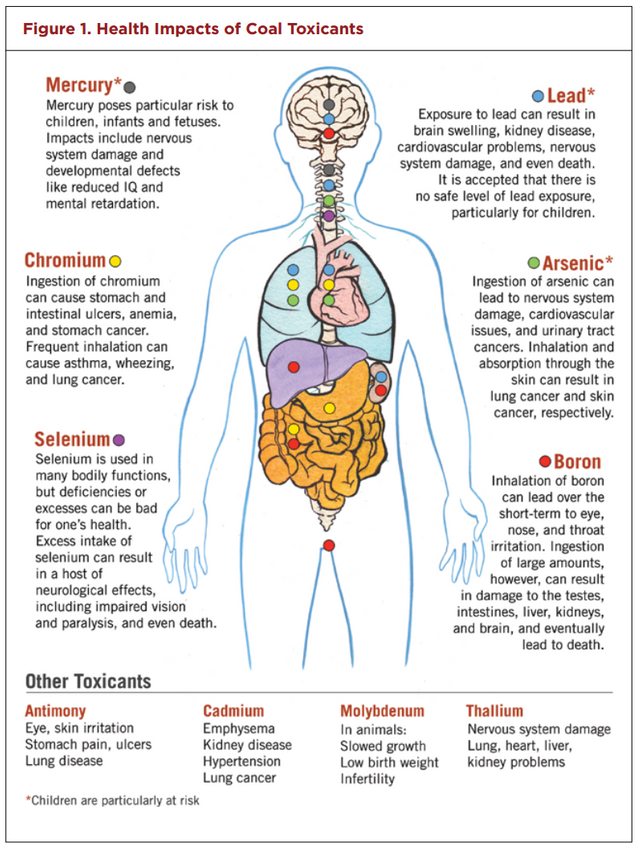
Sure, a little bit of coal dust never hurt anyone, but when we are talking about coal ash in North Carolina, it is rarely a little bit.
Duke Energy Plants and Ash Ponds in North Carolina
The majority of the coal ash produced in the United States is from the coal burned at electricity generating power plants. Most plants that use coal have what is called a pond or lagoon, which is used to store the millions and millions of tons of coal ash produced by the facility. There are different methods of storing coal ash that I will not go into here, but the most common--and most controversial--is the wet storage pond.
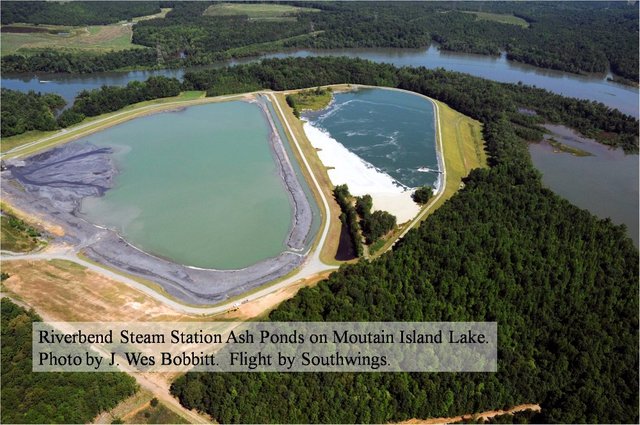
In those, the coal ash is mixed with water where it creates a condensed, super-charged toxic sludge. These ponds usually occupy over 100 acres and some hold over a billion tons of wet coal ash. There are currently 32 unlined coal ash ponds at 14 coal-fired electricity generating plants that are owned by Duke Energy in North Carolina. And they have been leaking.
For a long time.
Into the drinking wells of nearby residents.
For a long time.
Duke Gets Busted (Sort of)
As luck would have it, the 2014 spill triggered additional agency scrutiny and investigation into the Duke's 13 other facilties. Over the last two years, North Carolina’s Department of Environmental Quality (DEQ) and several local interest groups have identified leaks from the unlined coal ash ponds, structural integrity issues, and contaminated groundwater at all 14 of Duke’s coal-fired facilities.
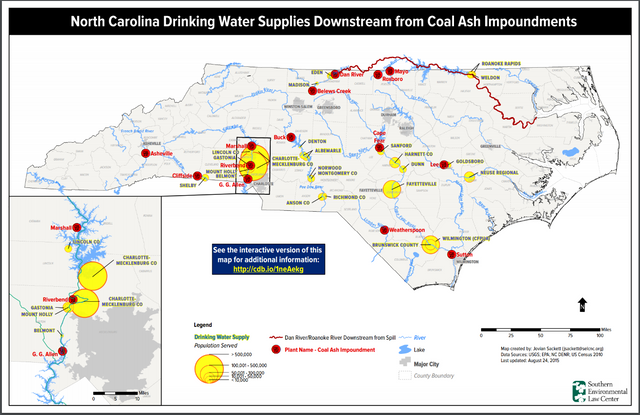
Between April and June 2015, the DEQ tested private water supply wells within 1,000 feet of the coal ash ponds. Out of the 313 wells tested, 291 showed the presence of several contaminants associated with coal ash, including arsenic, sulfate, iron, lead, vanadium, chromium, boron, barium, thallium, manganese, aluminum, and cobalt, among others. The most common contaminants were hexavalent chromium and vanadium.
Things got complicated, though, after the DEQ decided to mail Health Risk Assessments to over 337 households in various cities, advising them not to drink or cook with their water due to the presence of contaminants at levels that pose a risk to human health. By the way, most of the contaminant levels exceeded federal and state standards by at least 100% (Iron was found in some wells at 15,000%). Shortly after, Duke managed to meet with DEQ officials on [multiple occassions] to discuss why they were overreacting and getting everyone all worked up for no reason. The Health Department eventually sent an updated assessment in March 2016 which retracted the do-not-drink advisory because the hexavalent chromium and vanadium levels did not exceed federal MCLs. The Department did not mention, however, that there is no federal MCL for hexavalent chromium and vanadium. More on that in another post.

Last month, deposition transcripts from one of the lawsuits currently pending against Duke revelaed that North Carolina’s Health Department may have downplayed the risks of hexavalent chromium and vanadium in its updated advisory to residents living near Duke’s coal ash ponds. In response, the DEQ defended the Department’s decision to retract their advisory in March 2016, claiming that the State’s toxicologist reliance on California MCLs was improper. A few days later, the State’s epidemiologist resigned, explaining that she could not work for “a department and an administration that deliberately misleads the public.”
Burn.
But what about the people's water?
Really nice write up, most of the time profits are more important than the average persons safety it seems. Something should really be done about those coal ash ponds. Thankfully coals utility as an energy source is waining as renewables become more and more economically viable. This doesn't fix the damage currently occurring though...
Exactly. Coal is no longer burned at the majority of dukes facilities, but until recently they have let them keep these ponds indefinitely without any groundwater monitoring or structural integrity requirements.
Excellent summary. Thank you.
Do people really matter here? It is not my impression. I am sad to say it, but sometimes it is cheaper and simpler to deal with the death of a few. And it is a shame.
That is often the case with anything related to toxic exposure. Sad to see the pain and suffering companies are willing to put people through to save a few bucks.
it's a sad thing. even in Singapore we get haze from burning from Indonesia quite a lot.